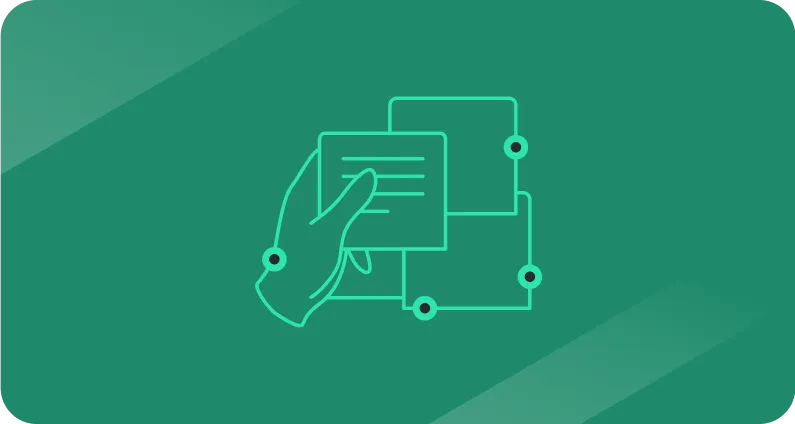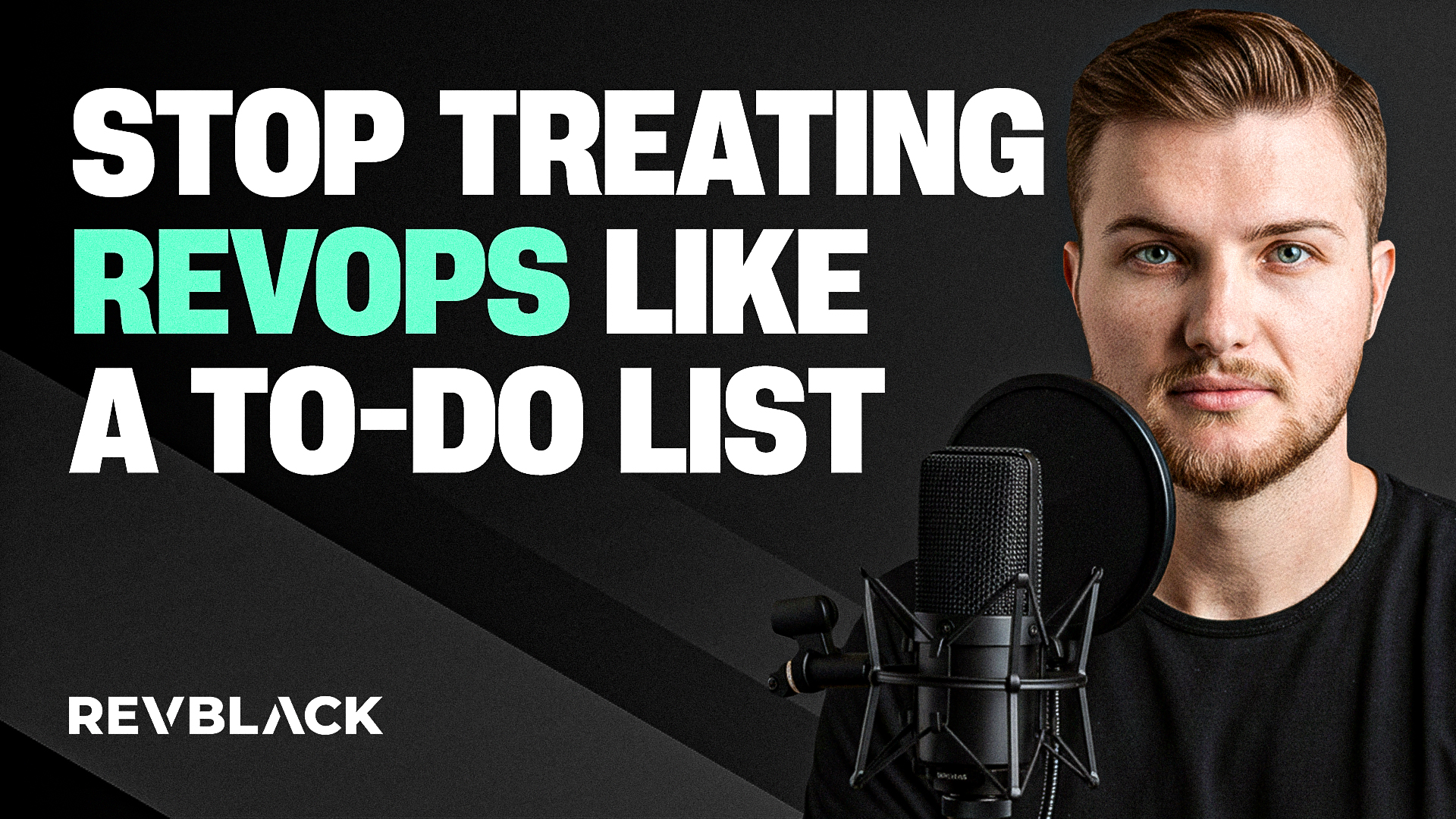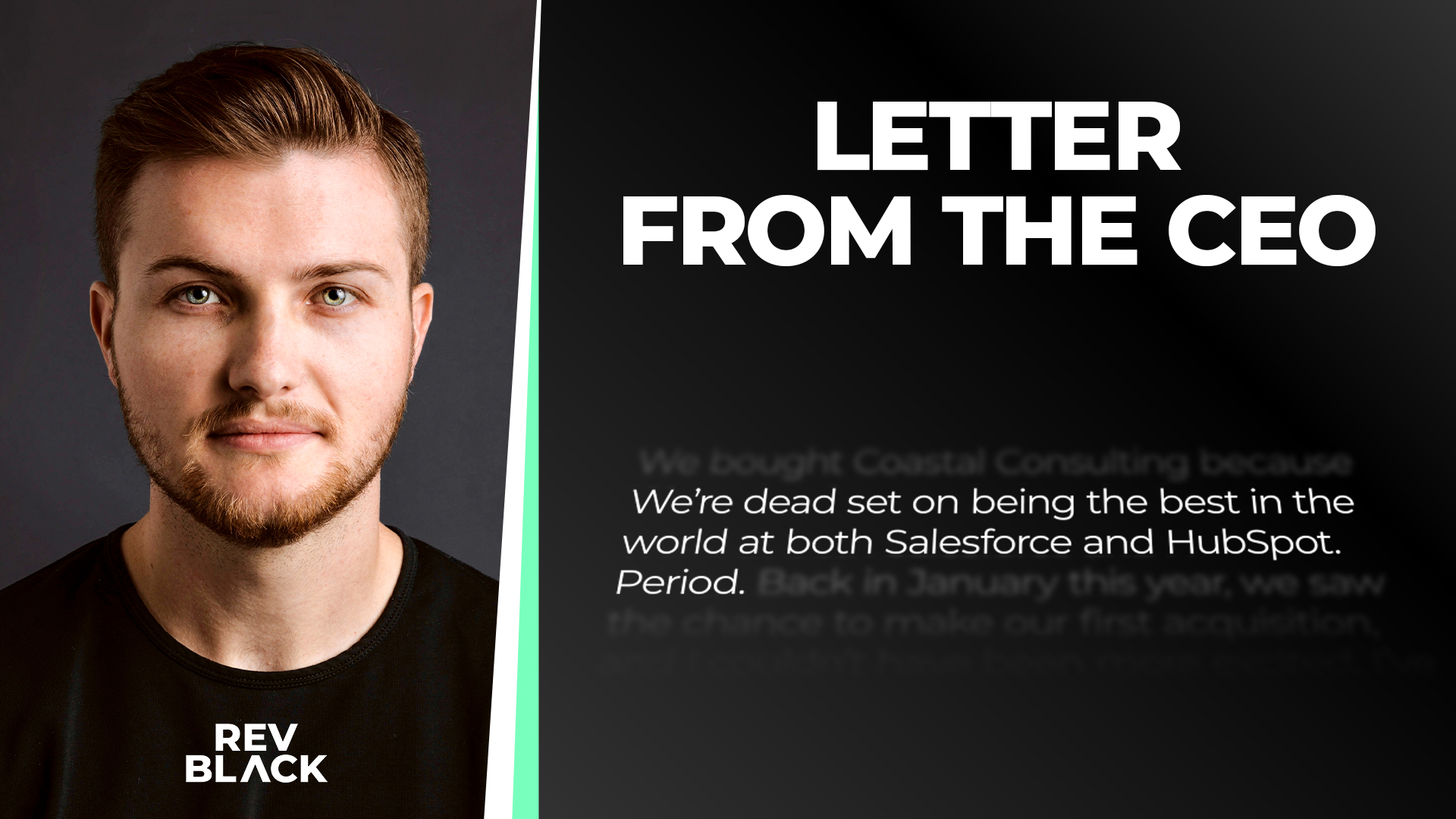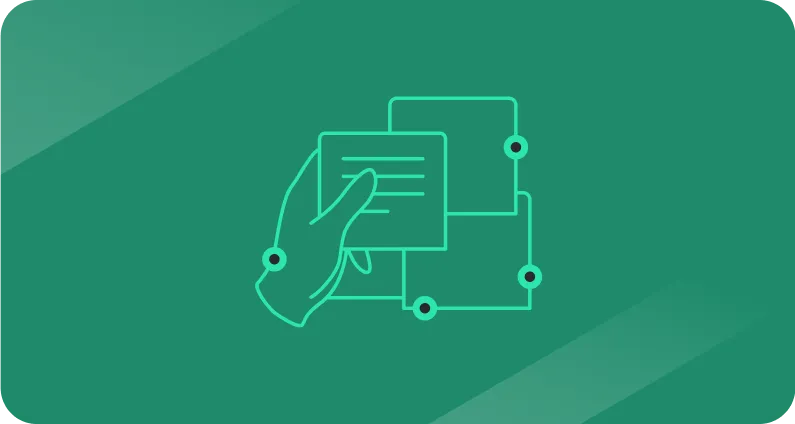Shifting your focus: how revenue operations can foster a buyer-centric approach
RevOps thrives when buyers - not sellers - become the center of gravity.

In crowded markets, most companies fight for attention by shouting louder or pushing harder. The irony is that real differentiation comes not from noise but from focus, specifically, focus on the buyer.
When sales, marketing, and operations all orbit around the customer rather than the company’s own agenda, growth stops feeling forced and starts to flow.
That’s where Revenue Operations (RevOps) becomes more than a function, it becomes the connective tissue that aligns every team around a single priority: the buyer’s experience.
The shift from seller-centric to buyer-centric
For decades, business models leaned seller-centric. The company’s needs (quotas, features, internal metrics) were the compass. Buyers were expected to adapt, and often they didn’t. Deals slipped, relationships soured, and loyalty eroded.
The shift to buyer-centricity flips that script. Every decision, from messaging to software choices, is filtered through a simple lens: does this make the buyer’s journey clearer, smoother, and more valuable?
When RevOps steers this shift, the results compound quickly - more trust, higher conversions, and deeper relationships.
Not 100% clear on your exact buyer persona? I loved this article from Paul Stansik on breaking down your buyer persona.
The payoff
The payoff is, above all, tangible.
A buyer-centric engine consistently delivers outcomes you can measure:
- Higher satisfaction: Buyers see themselves reflected in your process. They feel understood, not sold to, which builds trust from the start.
- Increased conversions: When sales speaks directly to a buyer’s pain, solutions land faster and deals close quicker.
- Stronger loyalty: Consistency across the journey deepens relationships, creating repeat customers and steady revenue.
Shifting your focus
A. Build empathy into every process
Buyer-centricity starts with empathy, but RevOps makes empathy operational. Instead of treating “know your customer” as a soft mantra, RevOps hard-codes it into workflows, data, and reporting. When empathy becomes measurable, it stops being a slogan and evolves into a system.
B. Align teams beyond silos
Silos are where buyer experience goes to die. Marketing writes one story, sales tells another, and operations builds processes that don’t match either. RevOps exists to stop this fragmentation. It builds the connective tissue that keep every team rowing in the same direction.
With RevOps alignment, a promise made in a LinkedIn ad is the same promise delivered by a sales rep and fulfilled by customer success. The buyer feels consistency at every stage, and that trust is what accelerates deals.
C. Invest in the right stack
Most tech stacks are designed around internal convenience, not the buyer’s journey. RevOps flips that. The question shifts from “what helps us?” to “what helps them?”
Tools that reduce friction, automated enrichment, seamless handoffs between systems, clean reporting - become the priority. RevOps doesn’t chase shiny objects; it selects and configures tools that keep the buyer experience intact across every channel.
D. Commit to continuous improvement
RevOps makes continuous improvement non-negotiable. The buyer journey is a living thing, and the teams that win are the ones who treat it that way: adjusting, fine-tuning, and improving little by little, week after week.
Convert & keep
Businesses that put the buyer at the center don’t just earn customers, they keep them. RevOps is the framework that ensures this isn’t left to chance. It brings rigor, empathy, and discipline to every interaction, ensuring buyers feel valued at every step.
The companies that thrive over the next decade will be the ones that operationalize this fully.
Book a call with me and see how RevOps done right can turn every touchpoint into momentum.














